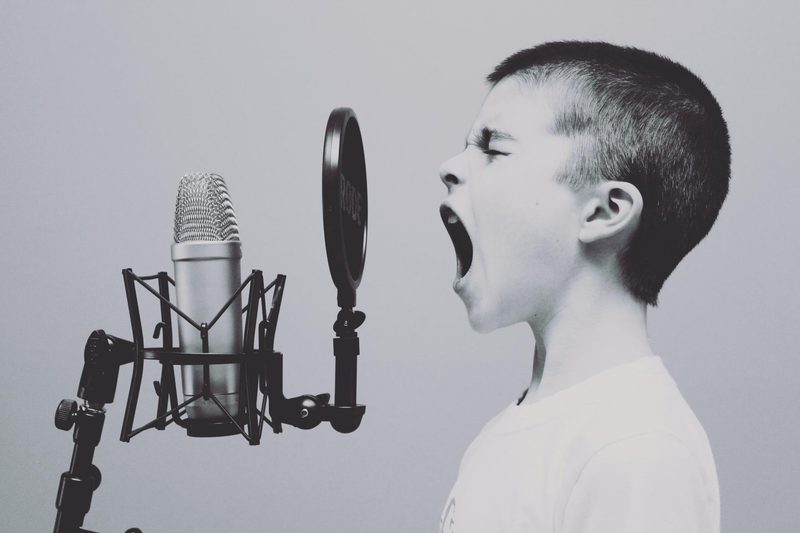

About the author
- Karolien Koolhof is a coach voor introverts and gifted individuals
- Author of the book Introvert Leadership
- Contact

It is a common misconception that there are more extraverted individuals than introverted individuals. In reality, introversion and extraversion are evenly distributed. Therefore, there are just as many introverts as there are extraverts.
To better understand the distribution of personality types, we can look at a simple mathematical concept: the normal distribution. Imagine an imaginary line where most people fall somewhere in the middle, with fewer people as you move towards the extremes. In the case of introversion and extraversion, this means that most people fall somewhere in the middle, with fewer people at the extremes.
Three Types
On the right side of the curve, we find highly extraverted individuals who are naturally outgoing and energetic. They thrive in group settings, enjoy taking the lead in conversations, and feel comfortable in the spotlight.
On the other side of the curve, we find highly introverted individuals who prefer quiet and less stimulating environments. They recharge their energy by spending time alone and often prefer deep conversations in smaller groups.
In addition to introversion and extraversion, there is a third personality trait that we should mention: ambiversion. Ambiverted individuals fall in the middle of the continuum between introversion and extraversion. They exhibit both introverted and extraverted traits, depending on the situation and their personal preferences. This is the middle portion of the normal distribution. The majority of people are ambiverts (67%). Additionally, an equal portion leans more introverted or more extraverted, both at 16.5%.
Visibility
One possible reason why we often perceive that there are more extraverts than introverts has to do with visibility and how we perceive extraverted behavior. Extraverted individuals tend to be more assertive and expressive in social situations. They often attract attention, speak up readily, and actively engage in group activities. This makes their behavior more noticeable and easier to observe by others.
On the other hand, introverted individuals are often more reserved and quieter in their interactions. They prefer deep conversations and tend to withdraw into their own thoughts and reflections. This more subdued behavior can make them less conspicuous in social situations.
Additionally, society may have a certain preference for extraverted behavior. In many cultures, assertiveness, extroversion, and talkativeness are valued and encouraged. This emphasis on extraverted qualities can sometimes overshadow or undervalue introverted characteristics.
Debunking the Misconception
It is important to debunk the misconception that extraverted individuals are the majority. Introverted individuals are just as normal and valuable as extraverted individuals. Let's celebrate the diversity in personality and create an environment where both introverted and extraverted individuals can thrive.
If you identify as an introvert and would like to learn more about embracing your personality and leveraging your strengths, I invite you to book an introductory session with me. Together, we can explore ways to feel more comfortable in social situations and discover your unique abilities.
